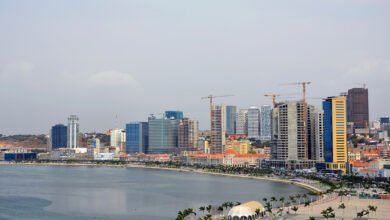
President Uhuru Kenyatta on Monday received the sugar task force report from Kakamega Governor Wycliffe Oparanya at State House on Monday. In the report, the sugar levy was among the key recommendations.
Other key recommendations include privatization of public sugar mills to enhance their efficiency and the enactment of the Sugar Act. The head of state, however, said the Government will implement all recommendations of the Taskforce as part of ongoing efforts to revive the sector.
But what exactly is the state of Kenya’s sugar industry? Let’s take a look at some key numbers.
Kenya’s sugar production capacity
According to data collected by Metropol’s harvest data platform, Kenya’s sugar production capacity stands at a combined 520,000 metric tonnes.
Sugar industry market share
Production of sugar in Kenya is currently dominated by privately owned sugar millers led by West Kenya Sugar Company which has a 30.1 percent share of the market.
It is followed by Sukari factory at 21.4%, Butali Sugar mills at 17.7%, Transmara sugar at 5.2%, Nzoia sugar at 5%, south Nyanza Sugar at 4.4%, Muhoroni Sugar at 3.7%, Mumias Sugar at 1.9% and Chemelil Sugar at 1.1%.
In 2015, Mumias sugar was the market leader in terms of sugar production. However, private sugar millers have continued to take the lead with former market leaders and state-owned millers performing dismally.
Sugar production
At the same time, the production of sugar in Kenya has been on the decline, partly due to declining production of sugarcane and the collapse of a number of state-owned sugar millers. In 2018, sugar production fell by 31 percent to 491 thousand tonnes.
Sugar consumption
Sugar consumption has been increasing since 2016 and as of 2018, the commodity consumption in Kenya was about 980,000 metric tonnes.
Sugar imports
Sugar imports have also been gradually going up since 2014, reaching a peak in 2017 before declining to 284,200 tonnes in 2018.
The cost of producing a tonne of sugar in Kenya
The cost of producing sugar in Kenya is comparatively higher than that of other sugar-producing countries within the COMESA region, standing at between 600 to 700 dollars per tonne – equivalent to Ksh60000 to Ksh70000 per tonne.
The figures are twice that of other key sugar-producing countries within COMESA region which include; Malawi and Swaziland, making Kenya an attractive export market for COMESA and challenging the business case for domestic sugar production.





